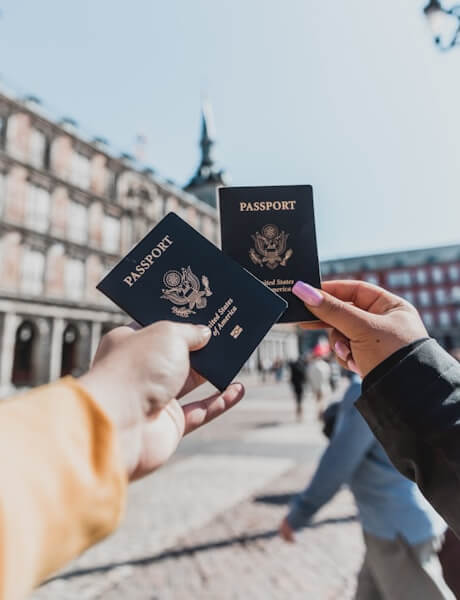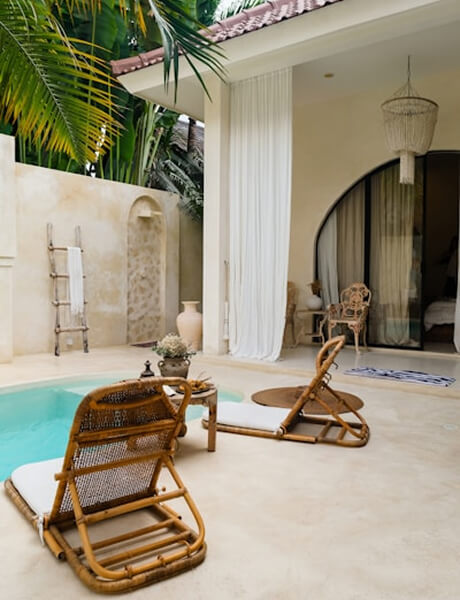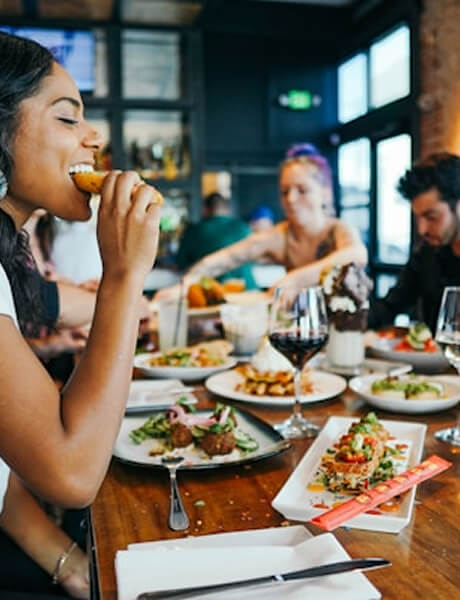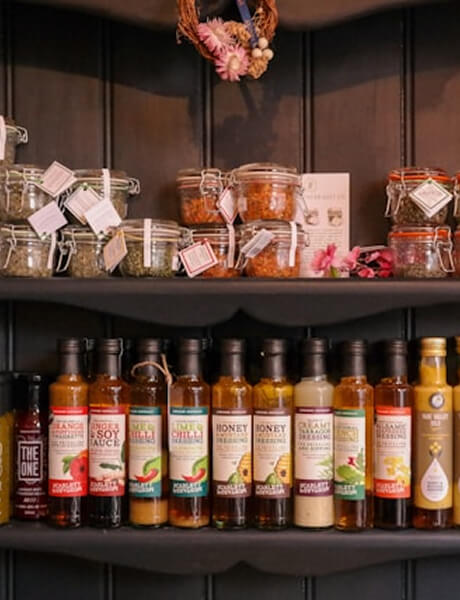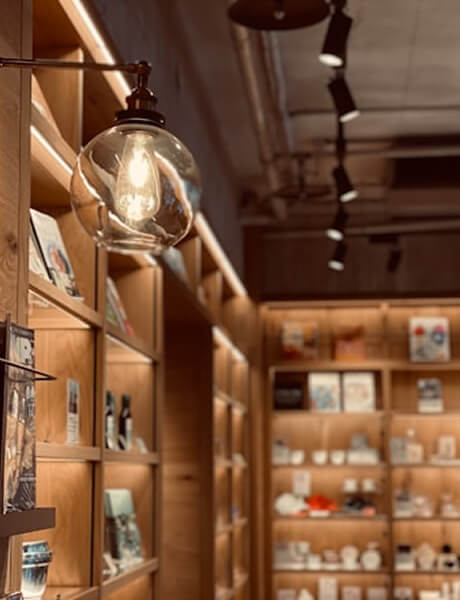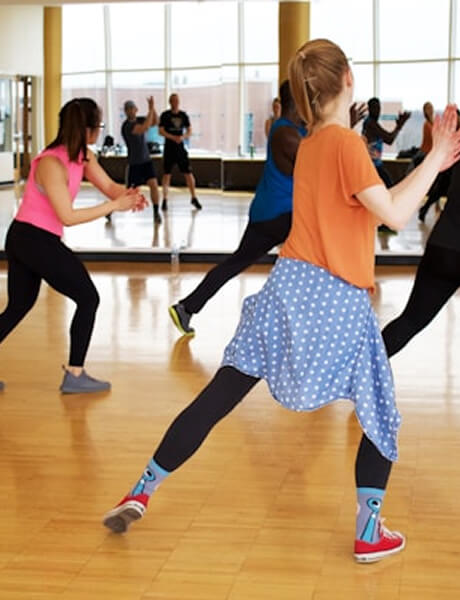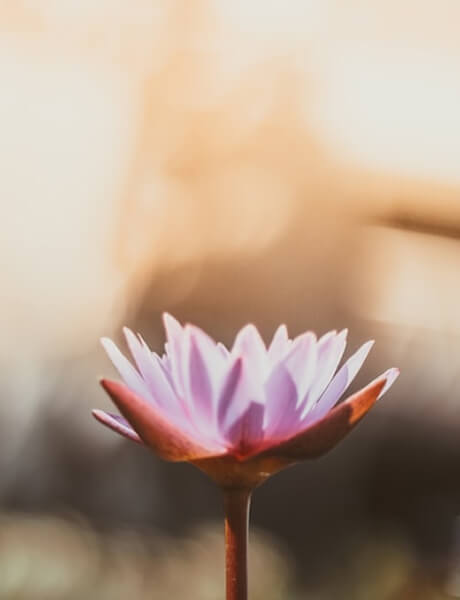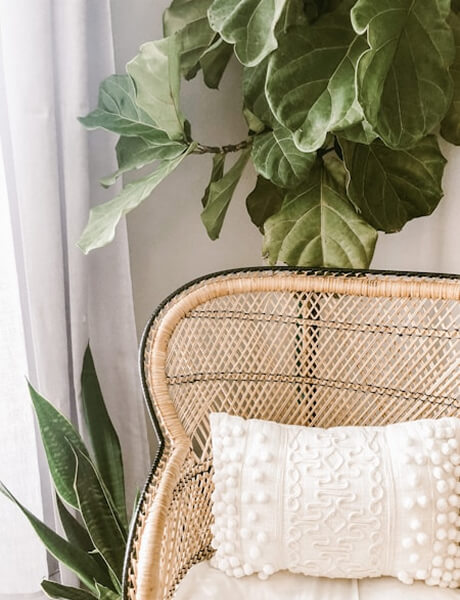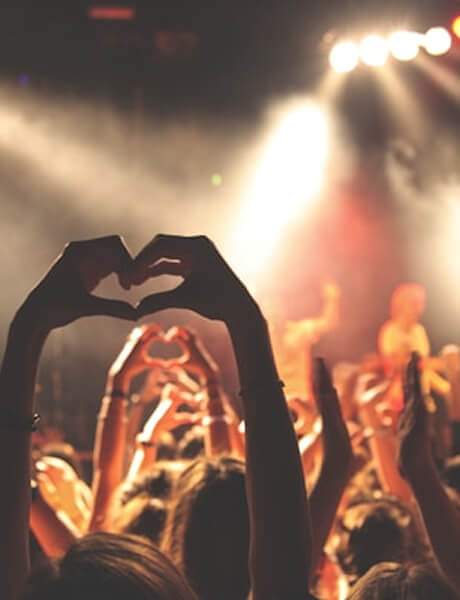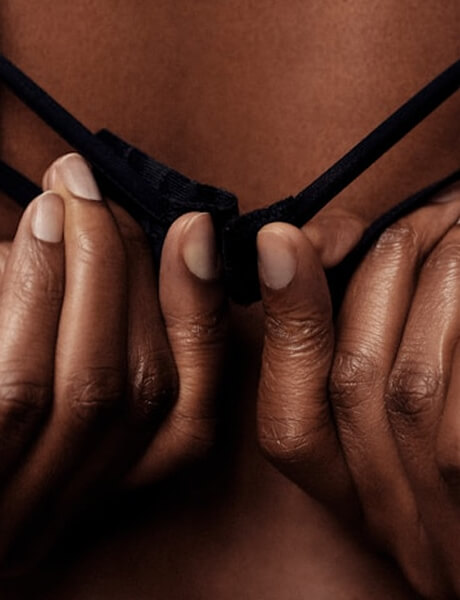
Travel guide Polynésie
The best time to go en Polynésie
Practical information for travel en Polynésie
Get your travel guide: TAHITI - POLYNÉSIE

What to see what to do en Polynésie?
Where to go en Polynésie?
The most beautiful tourist sites
Other en Polynésie destinations
Zones touristiques
Petit Futé's best addresses en Polynésie
Discover the most beautiful addresses selected by the authors of Petit Futé.
Featured articles de Polynésie

Polynésie française, lointain paradis
Updated on 22/09/2025 Ideas for holidays & weekend
Au beau milieu de l'océan Pacifique, aux confins du rêve et de la réalité, la Polynésie française déroule en douceur son tapis de fleurs et de coquillages, ses mille et une couleurs enchanteresses....

What to do and see in Bora Bora? 10 must-do activities in 2025
Published on 07/07/2025 Activities and experiences
Its name evokes an earthly paradise and postcard-perfect scenery. Bora Bora, an island in French Polynesia, is nicknamed the Pearl of the Pacific. We go there to enjoy its immaculate beaches and clear...

French Polynesia: which island to choose for your vacation in 2025?
Published on 28/05/2025 Activities and experiences
In the heart of the South Pacific, French Polynesia spreads out its 118 islands and atolls over a maritime area the size of Europe. Divided into five archipelagos - the Marquesas, the Australs, the...
How to travel en Polynésie
How to go alone
It is of course possible to build your own itinerary to discover this destination. Ten days are the minimum to hope to see the immense Polynesia and not enough to enjoy its sweetness of life. It is barely enough to discover two or three of the most touristic islands, and there are five archipelagos to visit! You will have to plan your travel between the islands and your accommodations well in advance.
How to go on a tour
A large number of tour operators offer French Polynesia: combined islands, cruises (catamarans or liners) and diving stays are in the spotlight, but there are also offers of cultural tours or hikes. Finally, proposals for stays in boarding houses are also very frequent. The destination is very popular with lovers who wish to celebrate their romance at the end of the world in postcard settings.
How to get around
With 118 islands and as many ways to get there, travel will be a big part of your budget. Air travel is undoubtedly the easiest way to get between the islands. Maritime transport is as varied and different as the islands it connects: there are car ferries and passenger transport, cruise ships, supply schooners, cargo ships and mixed cargo ships.
Book your next trip with Kayak
Travel en Polynésie
Ideas for holidays and week-end breaks en Polynésie
In order to organize your stay in Polynesia in the best conditions, it is imperative to have in mind the sea and air links. All the information is in this guide, but ask the companies you use for the days, prices and schedules, which can change at any time. Air Tahiti offers "Passes" which are interesting to visit several islands. Some people consider that it is better to visit Bora Bora at the end of the trip in order to reserve "the best for last". We do not necessarily agree. First of all, because Bora is not "better" than another island: on the contrary, Huahine and Maupiti are often favored by travelers. Secondly, because an early stay in Bora allows you to better prepare your budget. Finally, Bora remains the most touristic island, and a sudden passage from Papeete to the mineral and vegetal world of Tahaa for example, may surprise some.
Services
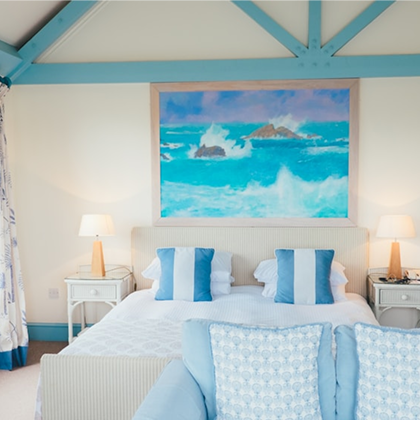
Find a hotel with Booking.com

Rent a car with Bsp-auto
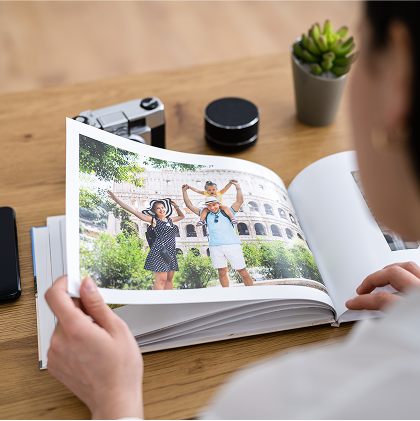
Create a blog and travel journal
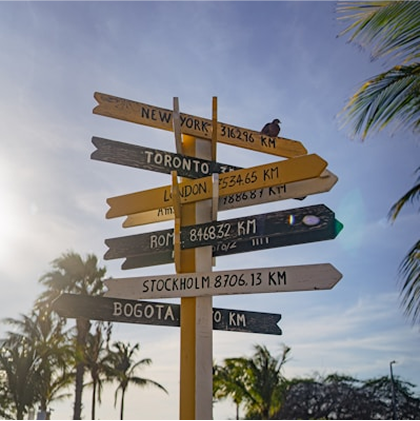
Find an agency with Quotatrip
Find unique holiday offers with our partners
Discover la Polynésie
A land of dreams and fantasies, a vaunted and coveted Eldorado since the dawn of time, French Polynesia is brimming with myths and clichés. Ah, the vahiné, lascivious and exotic, in pareo, dancing the tamure under the astonished gaze of travelers... But the reality is much richer than this simple cliché!
Before putting your flip-flops down on the warm sand, let us take you on a tour of history: discover its glorious moments as well as its shadows, its cultural mix resulting from different waves of immigration, its economic, social and ecological challenges... Imagine a lush natural environment, a mild climate almost all year round and a people who, even today, are fighting to gain more and more autonomy.
Here's a colorful portrait of an overseas land, as welcoming as ever, that has charmed such illustrious souls as Paul Gauguin, Jacques Brel and Pierre Loti. And once you're there, it's easy to see why.
The 12 keywords en Polynésie

#Coprah
Cultivated on many islands, especially in the Societies and the Tuamotu, copra is the dried albumen of the coconut, or white water. When the coconuts fall, their flesh is recovered, dried in the sun, and transformed into copra. Sent to Tahiti, the copra is used to produce a crude oil used by the manufacturers of monoi.
#Fetii
It is a member of the family in the broadest sense. Everyone is more or less a brother-in-law or cousin by marriage, and Polynesians always have one or more fetii in each of the Polynesian islands, like a huge family. In Papeete, there are entire neighborhoods of fetii that reconstitute family neighborhoods in an urban setting.

#Mahi mahi
This is the Polynesian name for the dolphinfish. In the Tuamotus, it is fished with a spear, with a poti marara (motor boat), during an eventful chase. The mahi mahi is the king of fish in the local diet: grilled or raw with coconut milk, you will find it on every menu of snacks and restaurants.
#Mana
Mana is a very strong term on the islands that represents the spirit of Polynesia, a universal principle of life. In her Dictionnaire insolite de Tahiti (Cosmopole Editions), Rosanne Aries describes Mana as "a mysterious force, a power - (super)natural - which can be invested in people or objects."

#Marae
Erected in a rectangular shape, the marae are ancient outdoor stone-paved places of worship where religious ceremonies were held. During the Heiva in July and August, these sacred sites come alive with traditional songs and dances. Note that Marquesans use a different terminology and call these buildings "meae".
#Motu
In the low islands especially, the reef crown is adorned in places with coral surfaces that are still emerged. This is called a motu, an islet in short. These can take various forms and proportions - in the Tuamotu archipelago, for example, the main motu of Fakarava extends over some 40 kilometers!
#Poti marara
Originally designed to catch marara, small flying fish with delicate flesh, the poti marara is now also used to spear bonito, tuna and mahi mahi. Locally-built, they feature powerful engines, a high-speed wave-cutting hull and, of course, nets.

#Tamure
The particularly sensual Tahitian dance has amazed many an explorer. Banned by the missionaries, tamure remained in the shadows until the turn of the century, when it began to revive at the end of the war. Practiced by men and women alike, it is undeniably part of the rich cultural heritage of French Polynesia.
#Tane and Vahine
Respectively "man" and "woman". Beyond the signs on the doors of public toilets, these terms will be useful to you because they are fully part of the Franco-Taitian vocabulary. By extension, they are also used to translate "husband" and "wife"; you will now be able to answer the question "What is the name of your tane?"
#Tabu
It refers to a prohibition related to the sacred. Quite simply, in the Maori tradition, a tabu thing is inviolable because it is sacred. Whether you think it's out of place or not, it is de rigueur to respect a tabu, or else, according to Polynesian religious beliefs, you will receive a punishment of the supernatural order..
#Va'a
This is the Polynesian name for the traditional pendulum pirogue, the king sport in all the islands of Polynesia. While surfing, also an ancestral sport, is also popular with young people, the racing dugout canoe is still the competitive sport par excellence. It is notably publicised in Fenua during the famous Hawaiki Nui race.
#Vini
The vini - literally "little chirping bird" - is a very popular bird in Polynesia and is a pretty grey headed bird. So popular that it gave its name to the territory's first mobile phone operator in 1998, and everyone has been calling a mobile phone a vini ever since! If someone asks you for your vini, it's your number..
You are from here, if...
For lunch and dinner, you'll feast on raw coconut fish, the emblematic dish of Fenua! Even though Polynesians themselves are tending more and more towards fast-foodjunk food..
You call Polynesia "Fenua". That's what the media and Polynesians call their archipelago: it's their "land", their "country".
Feel the mana, the foundation of Polynesian beliefs and an emanation of spiritual power..
You taste fafaru, fish macerated in seawater, without stopping to smell its unique aroma..
Don't mistake monoi for a self-tanner! This prodigious oil with its multiple benefits is anything but a tanning product.
You'll love Hinano, the local beer!
You become a ukulele pro and take part in countless improvised jam sessions at airports, in the streets or quietly in the evening.
You'll follow the Miss Tahiti elections with all your heart and soul , and support your candidate all the way to the prestigious Miss France election.









